Chittoor is renowned for its rich spiritual heritage and vibrant temple culture. The temples in Chittoor are a testament to its historical and religious significance, each with its unique charm and sacred traditions. The temples not only serve as spiritual havens but also offer a glimpse into the region’s deep-rooted cultural and historical narratives. Visitors can explore grand architectural marvels, participate in age-old rituals, and experience the local festivals that breathe life into these sacred spaces. Chittoor temples are enduring symbols of devotion, community, and historical continuity.
10 Temples In Chittoor
Discover the top ten temples in Chittoor, where ancient beauty and vibrant festivals showcase Andhra Pradesh’s rich heritage.
1. Kanipakam Vinayaka Temple

Photo: Adityamadhav83 / Wikimedia Commons
Located in Kanipakam, Chittoor District, this ancient temple is dedicated to Lord Ganesha and renowned for its self-manifested Vinayaka idol, which is said to be growing in size and will continue until the end of Kaliyuga. The well from which the idol emerged still exists, and its holy water is distributed as prasadam. The temple hosts grand Ganesh Chaturthi celebrations with elaborate decorations, and devotees offer coconuts and sweets to the deity. It is one of the oldest temples in Chittoor.
Best Time To Visit: October to March
Timings: 4 AM – 8 PM
Suggested Read: Wildlife Sanctuaries In Andhra Pradesh
2. Mogileeswara Temple
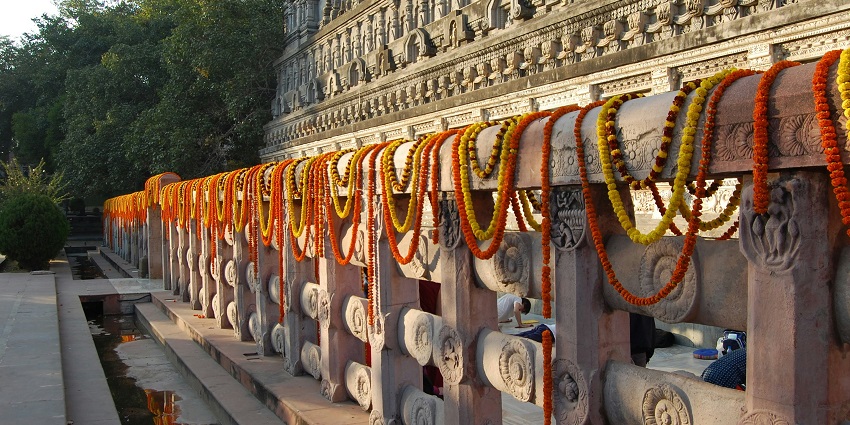
Photo: Aleksei Zhivilov / Unsplash / Image For Representation Only
This popular temple in Chittoor, also known as Dakshina Kailasam, is located in Mogili Village. It features three Gopurams and is renowned for its intricate sculpture work. The main deity is Lord Mogileeswara Swami, with idols of Dakshina Murthi, Vishnu, and Brahma positioned around the Garbhalaya. The temple, founded by Mogilliappa under a Mogili tree, hosts the grand Sivarathri festival between February and March, attracting devotees from Andhra Pradesh, Tamil Nadu, and Karnataka. The temple’s unique architectural design and spiritual significance make it a revered pilgrimage site.
Best Time To Visit: October to March
Timings: 5 AM – 12 PM and 4 PM – 8 PM
3. Adityesvara Temple
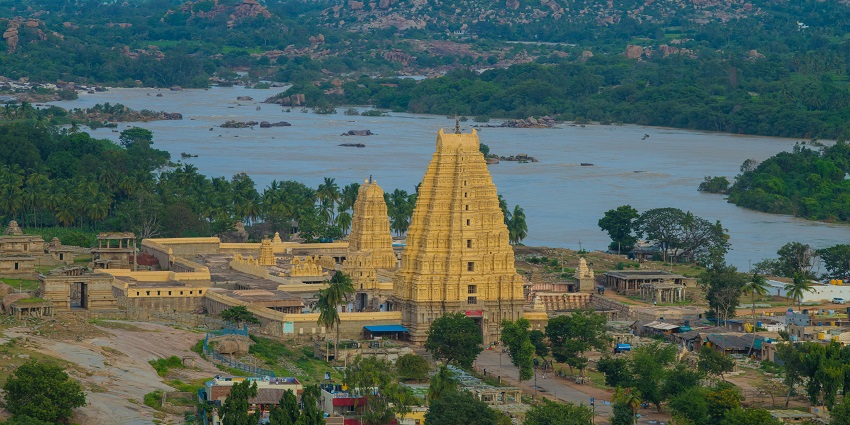
Photo: Adarsh Sudheesan / Unsplash / Image For Representation Only
Adityesvara Temple is situated in Bokkasam Palem village, also known as Kodandarameswara Temple, is dedicated to Lord Shiva and celebrated for its unique architectural style and large Shiva Lingam. Built-in the 10th century AD by Chola King Parantaka over the remains of his father Aditya, the temple features a west-facing sanctum with an intricately sculpted Nandi. The temple observes special poojas on Maha Shivaratri, attracting many devotees. On Mondays, auspicious Shiva worship, and special rituals happen.
Best Time To Visit: October to March
Timings: 5 AM – 8 PM
Suggested Read: Hill Stations In Andhra Pradesh
4. Neelakanteshwara Temple
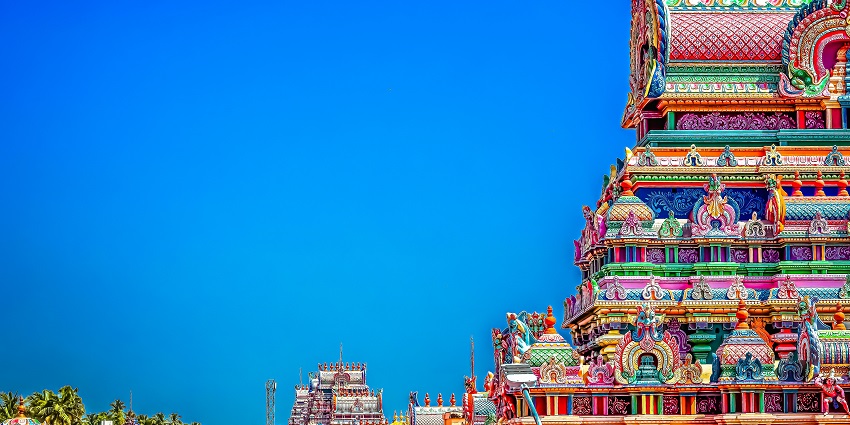
Photo: kalai venthan gopal / Unsplash / Image For Representation Only
The Neelakanteshwara Temple in Laddigam, dedicated to Lord Shiva, is renowned for its serene atmosphere and intricate Chola-Ganga architecture. It is one of the famous temples in Chittoor. Unique for its historical inscriptions and the rare depiction of Trimurthis (Brahma, Vishnu, and Shiva) around the Garbhalayam, it was founded by Uttama Chola-Ganga and later enhanced by Adavallan Gangaikonda Chola Irungolan. The temple celebrates Maha Shivaratri with grand processions and rituals. Special abhishekams and offerings occur on Mondays and during the month of Shravan.
Best Time To Visit: October to March
Timings: 6 AM – 9 PM
5. Ardhagiri Anjaneya Temple
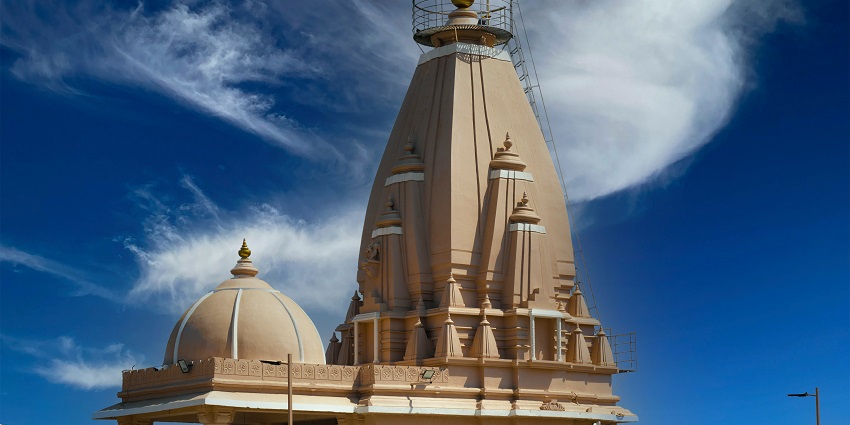
Photo: VD Photography / Unsplash / Image For Representation Only
This temple which is dedicated to Veera Anjaneya Swamy (Lord Hanuman) is located on Ardhagiri Hill in Aragonda village, Chittoor district. The name “Ardhagiri” originates from a Treta Yuga legend where half of the Dronagiri Mountain fell here. The temple is famous for its pond with medicated water and clay with healing properties. The water comes from the mountain, touching medicinal plant roots. Maha Shivaratri and Hanuman Jayanti are celebrated with grand rituals and processions.
Best Time To Visit: October to March
Timings: 5:30 AM – 9 PM
Suggested Read: Hill Stations Near Vijayawada
6. Srinivasa Mangapuram
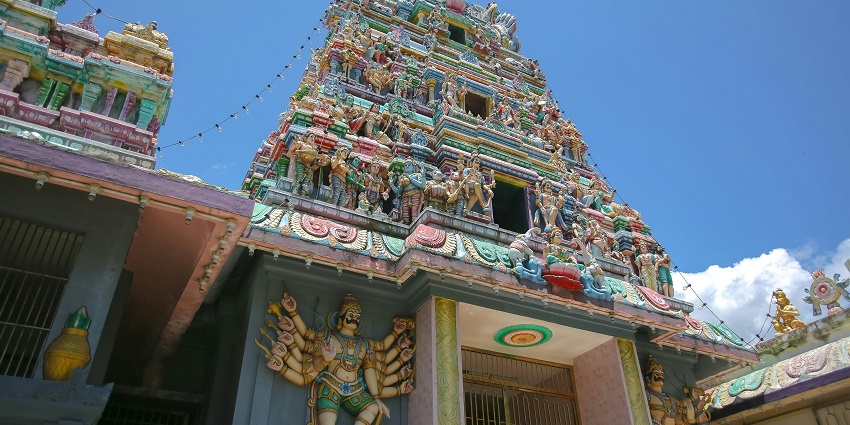
Photo: vitalina / Pexels / Image For Representation Only
Srinivasa Mangapuram, home to the ancient Sri Kalyana Venkateswara Swamy Temple is located 12 km west of Tirupati in Chittoor district. Maintained by Tirumala Tirupati Devasthanams since 1967, this temple is considered sacred, second only to Tirumala. Newlyweds offer prayers here, as Lord Venkateswara and Goddess Padmavathi stayed here for six months post-wedding. Significant festivals like Brahmotsavam are celebrated with grand processions and rituals, attracting numerous devotees, especially on Fridays and during Karthika month.
Best Time To Visit: October to March
Timings: 5 AM – 11 PM
7. Sri Venkateswara Swami Temple
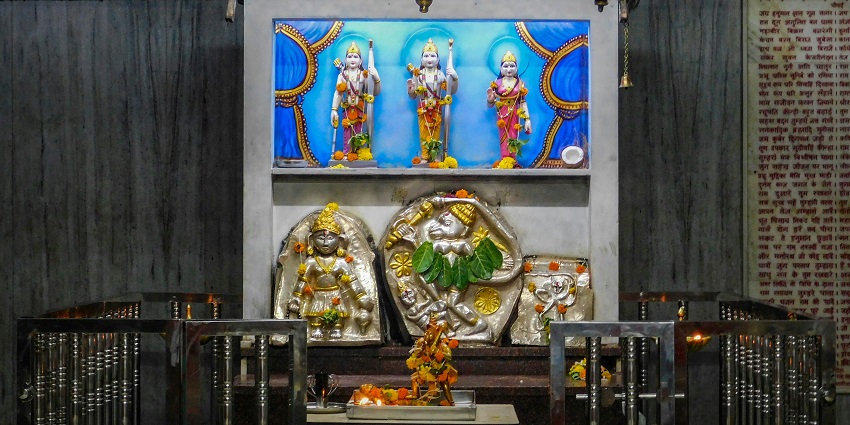
Photo: Sonika Agarwal / Unsplash / Image For Representation Only
The temple is dedicated to Lord Venkateswara, a form of Vishnu, known as Kaliyuga Prathyaksha Daivam. Built by Thondaman kings and periodically reformed by Cholas, Pandyas, and Vijayanagar, it follows the Vaikhanasa Agama tradition. Known as the “Temple of Seven Hills,” it is one of the world’s richest temples, receiving millions of devotees annually. The temple complex includes modern facilities for managing pilgrim crowds and free meals for devotees.
Best Time To Visit: October to March
Timings: 5 AM – 11 PM
Suggested Read: Places To Visit In Puttaparthi
8. Kailasa Kona Temple
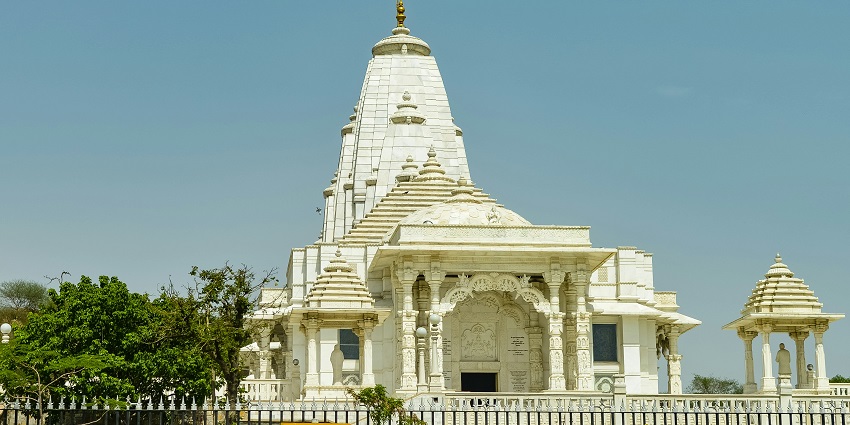
Photo: Naveen Naidu / Unsplash / Image For Representation Only
Located in Narayanavanam Mandal, Chittoor/Tirupati district, Andhra Pradesh, the Kailasa Kona Waterfalls are a perennial cascade with a height of around 40 feet. The site features a temple dedicated to Lord Shiva and Parvathi. According to legend, Lord Kailasanatheshwara performed penance here after officiating the wedding of Lord Venkateshwara Swami and Goddess Padmavati. Apart from the main falls, there are two smaller falls, with water flowing year-round, where visitors can take a bath to wash off their sins. It is one of the best temples in Chittoor.
Best Time To Visit: October to March
Timings: 6 AM – 6 PM
9. Sri Varahaswamy Temple

Photo: Winit.deshpande / Wikimedia Commons / Image For Representation Only
Sri Varahaswamy Temple is dedicated to the god Varaha and is believed to be older than the Venkateswara Temple. It is one of the biggest temples in Chittoor. Situated on the northern premises of Venkateswara Temple, it holds significant religious importance. According to legend, Varaha donated land to Venkateshwara, and in gratitude, Venkateshvara offered the first bell, puja, and naivedyam to Varaha. Renovated in 1535 CE, the temple follows the Vaikhanasa Agama rituals. Pilgrims are encouraged to visit Varaha before Venkateshvara, making it a crucial part of the Tirumala pilgrimage.
Best Time To Visit: October to March
Timings: 5 AM – 9 PM
Suggested Read: Places To Visit In Horsley Hills
10. Boyakonda Gangamma Temple
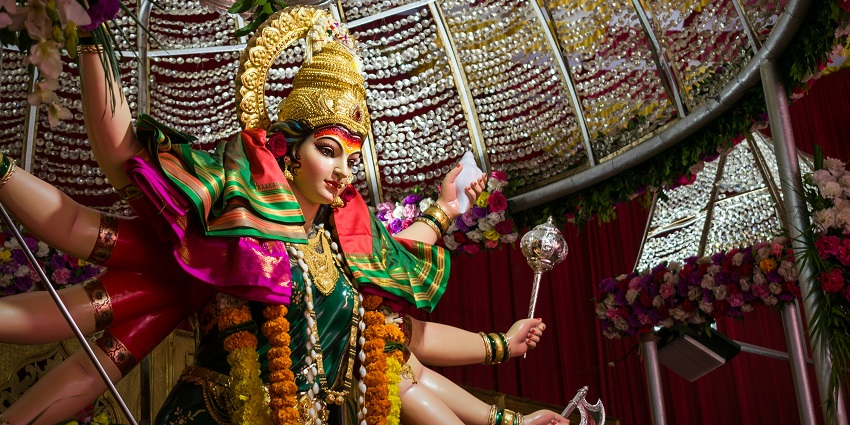
Photo: Sonika Agarwal / Unsplash / Image For Representation Only
Located in Boyakonda, Andhra Pradesh, about 20 km from Madanapalle, Boyakonda Gangamma Temple is dedicated to Goddess Gangamma, an incarnation of Shakti. The temple, perched on a mountain, is renowned for its powerful blessings. According to legend, the goddess protected local tribals from the Golconda Nawab’s army, leading to the temple’s construction. Devotees visit to make wishes, use the well’s water for healing, and partake in offerings, with the Navratri festival attracting thousands annually.
Best Time To Visit: October to March
Timings: 6 AM – 6:30 PM
The temples of Chittoor offer a profound journey through spirituality and history, each site weaving its tale of devotion and cultural heritage. Exploring the temples of Chittoor provides not only a spiritual experience but also a connection to the area’s rich past. For those eager to discover these divine landmarks, TripXL offers expertly curated tours that highlight the essence of Chittoor’s heritage, ensuring an enriching visit to this sacred district.
Cover Photo: Carolina Avinceta / Unsplash / Image For Representation Only


 WhatsApp
WhatsApp
 Twitter
Twitter









